ARRL Headquarters Gets On AM!
On July 14, 2018, Eastern MA Technical Coordinator Dan Brown, W1DAN, traveled to ARRL Headquarters along with Tim, Smith, WA1HLR, and Steve Cloutier, WA1QIX, to help get the lab station, W1INF, on AM… in a big way!
The ARRL Headquarters lab is in possession of a tube-based Gates BC1T AM broadcast transmitter from the late 1950s. On loan from the Vintage Radio and Communications Museum of Connecticut, this transmitter was designed to make 1 kilowatt on the AM broadcast band, and was not meant for ham use. Product review engineer Bob Alison, WB1GCM, and lab manager Ed Hare, W1RFI, greeted us at a closed ARRL. We got a very quick tour, and went to work. Tim installed a transmit/receive (T/R) relay inside the transmitter, which he had previously modified for 160- as well as 80 meters. The power was also reduced to FCC limits. Steve installed his software modulation monitor and I installed two audio limiters as well as an audio distribution amplifier.
After a tasty lunch provided by Ed, all work was done by mid-afternoon. Bob was making contacts with other hams on the AM mode on 75 meters.
The W1INF lab station also includes a Flex 5000 transceiver, and a K7DYY Super Senior. The station will be on the air for AM events and contests, as well as occasional lunch break contacts by the staff.
The lab’s test gear is truly state of the art. It also holds the museum exhibit that once was in the lobby of headquarters. Ed runs the lab, and Bob does the product reports you see in QST. The lab staff also includes RFI engineer Mike Gruber, W1MG, and senior lab engineer Zach Lau, W1VT.
Dan, W1DAN
ARRL Technical Coordinator
Eastern Massachusetts Section
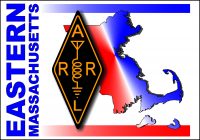

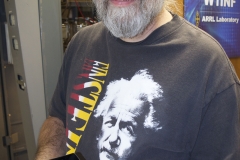
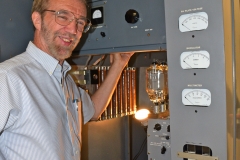
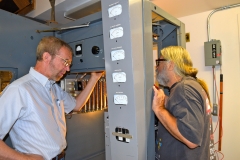
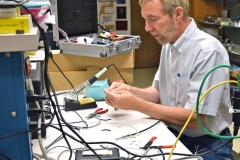
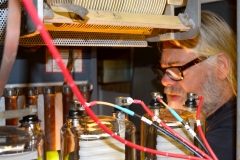
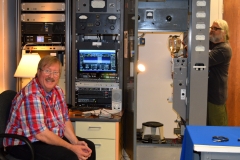
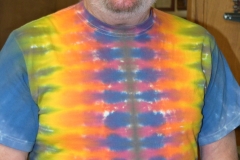
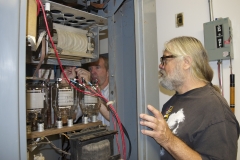
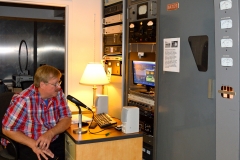
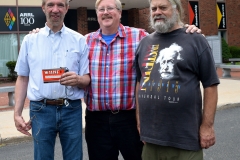
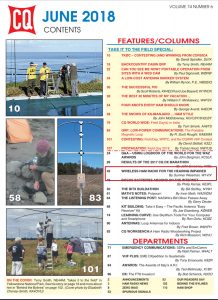
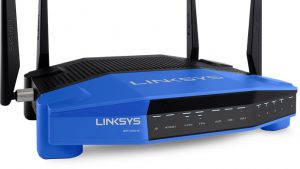
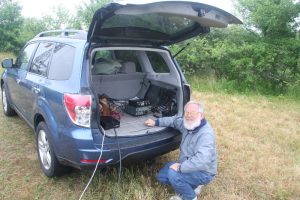
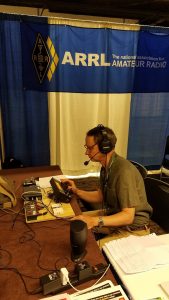
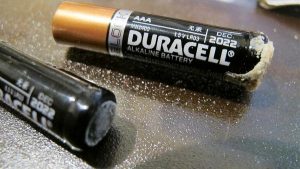
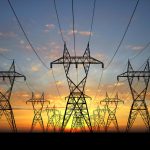
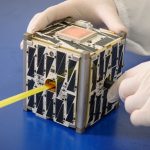
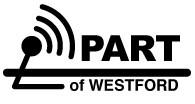
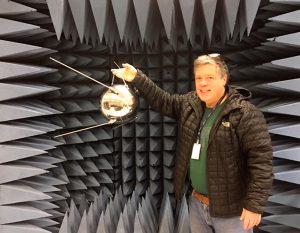
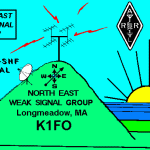
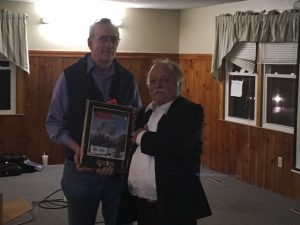
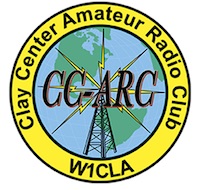 Bob Phinney, K5TEC writes in the Clay Center ARC mailing list:
Bob Phinney, K5TEC writes in the Clay Center ARC mailing list: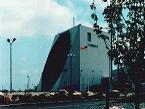 David Wolfe, KG1H writes:
David Wolfe, KG1H writes: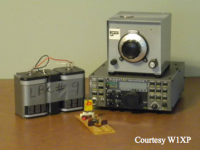 The
The